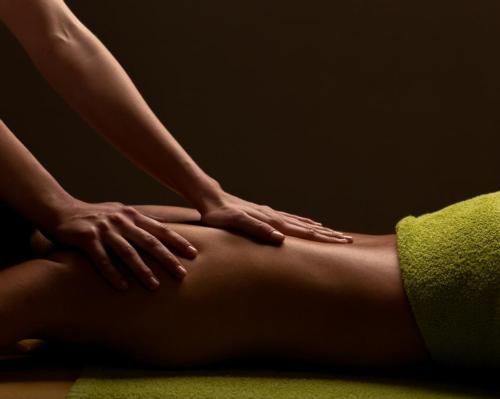17 Dec 2020
New research helps spas accommodate those less comfortable with touch
BY Megan Whitby

In a COVID-19 era, human touch and physical connection are being restricted like never before, but results from the world’s largest global touch study show 54 per cent of people felt they experienced too little touch, even before the pandemic.
Developed by researchers at Goldsmiths University of London, The Touch Test ran from January to the final week in March 2020 (one week after lockdown started in the UK).
Professor Michael Banissy, the lead researcher of the fascinating study feels we’re witnessing a dramatic longing for touch in society.
“In our own data, most people felt they weren’t getting enough touch in their lives (54 per cent), while only 3 per cent indicated they get too much. More recent studies, since changes linked to COVID-19 have been introduced, have seen the percentage of people reporting touch deprivation to be in the region of 60 per cent.”
Banissy says the most striking finding of The Touch Test was the consistency of results across different geographic regions.
“We tested close to 40,000 people from over 100 countries, but when we broke our study down to look at different regions we kept finding similar patterns of what predicted individual differences in attitudes and experiences towards touch.”
The study explored the impact of different factors on touch, such as age, sex and geographical location, and found that the biggest influence on attitudes towards touch was personality.
Banissy says a pattern emerged showing that respondents who were more extroverted tended to have more positive attitudes towards touch.
So what do these results mean for the spa industry?
“I think any industry that offers a source of tactile input is very important, as we know touch can be beneficial for health and wellbeing,” Banissy says.
“But our survey found important individual differences linked to personality, age, gender, and attachment style – in short a one-size-fits-all did not explain the data.”
Researchers also highlighted that attachment style impacted response, as those with an avoidant attachment style – who typically would shy away from interactions using touch – demonstrated a negative attitude, whereas those with an anxious attachment style do the opposite.
Age differences also influenced the outcome, with younger people feeling less comfortable about being touched by strangers than older people.
However young people felt more comfortable about being touched in public by people that they knew, in comparison to older people.
“This is important for industries where touch plays a key role,” said Banissy, “because it highlights the importance of understanding how individual differences may influence likelihood to engage and outcomes of tactile-based treatments. We hope the findings will be useful for people in tactile-based treatment industries to better understand client preferences and responsiveness.”
To read the whole interview with Professor Banissy, check out the latest issue of Spa Business magazine.
Close Window